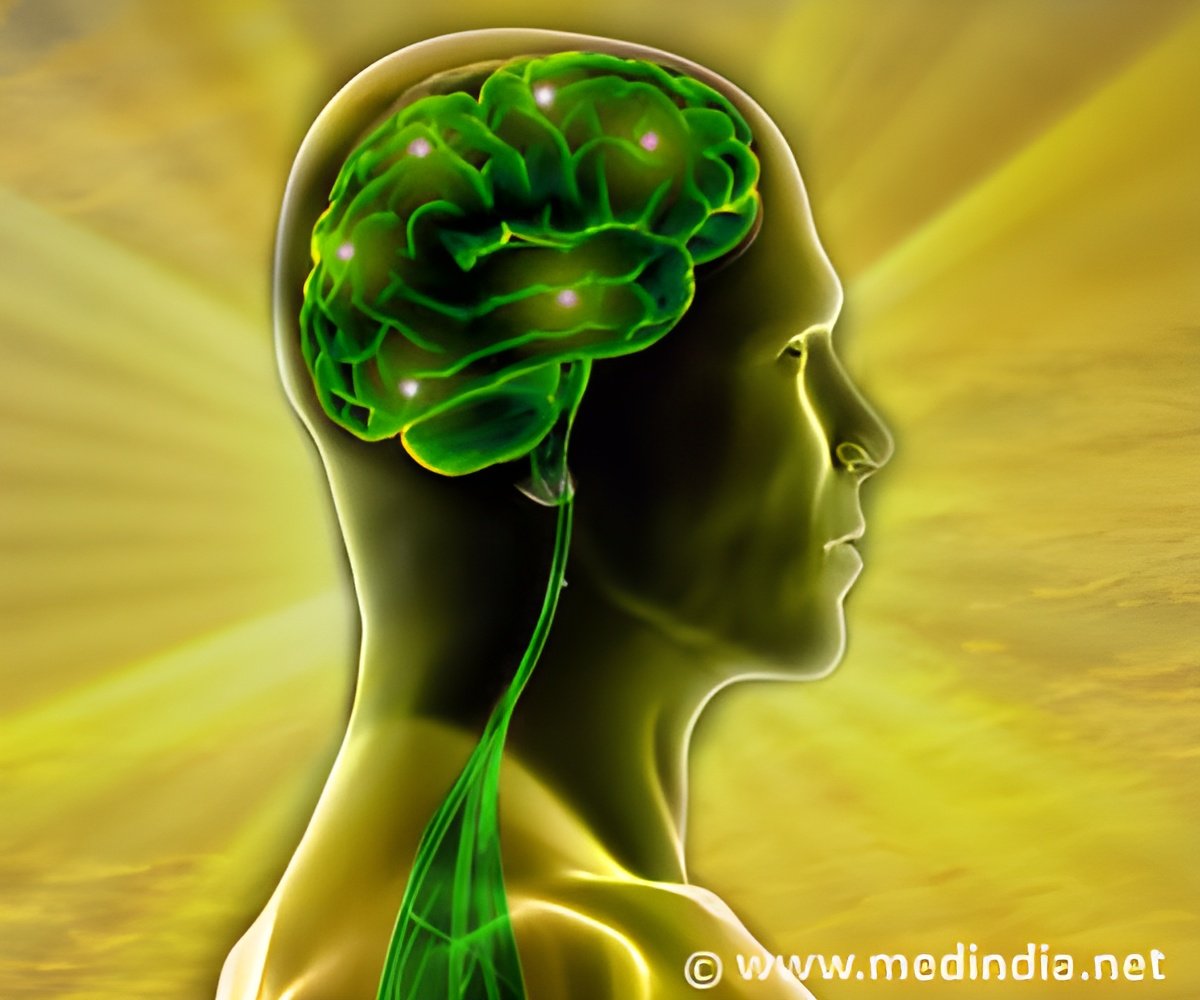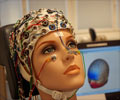Temporarily turning off an area of the brain changes patterns of activity across much of the remaining brain, revealed researchers.

‘Temporarily turning off an area of the brain changes patterns of activity across much of the remaining brain.’





The research is published online in the journal Neuron. The research, led by David Amaral, distinguished professor in the Department of Psychiatry and Behavioral Sciences, and spearheaded by graduate student David Grayson, targeted the amygdala - a small, almond-shaped region deep within brain. The amygdala is known to be important for emotions, especially fear.
Using a technology called 'designer receptors exclusively activated by designer drugs', or DREADDs, the team genetically modified the neurons of the amygdala to produce molecular on-off switches, or receptors, that are triggered by a drug administered to the animal. When the drug is injected, the receptors shut down activity in the amygdala - effectively turning off this brain region.
Amaral and his colleagues then evaluated the activity in the rest of the brain using functional magnetic resonance imaging, or fMRI, when the amygdala was either on or turned off. FMRI allows researchers to measure what is called functional connectivity - the extent to which different brain regions coordinate their activity and form networks.
The team demonstrated that when the amygdala was turned off, patterns of brain activity in other brain regions either decreased or increased. Areas known to be well-connected to the amygdala were particularly affected, but so were brain regions that have no known connections to the amygdala.
Advertisement
John Morrison, director of the CNPRC, said, "The findings represent groundbreaking research that has enormous clinical potential. Similar techniques in the future may control abnormal activity in disorders such as epilepsy and Parkinson's disease. Understanding how brain areas form networks is critical for determining the origin of pathology and eventually developing effective interventions."
Advertisement














